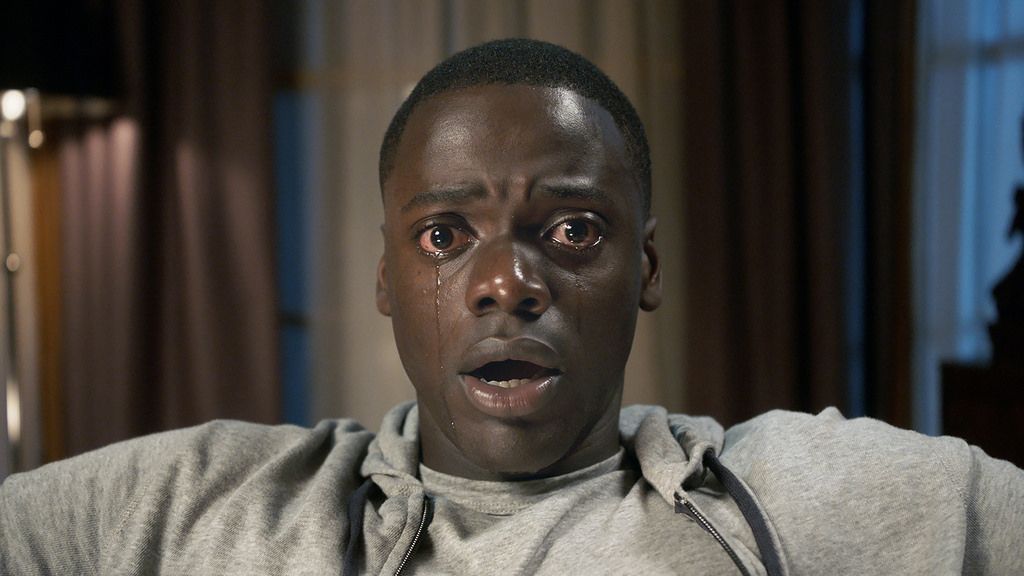The Blumhouse model: factory filmmaking or artist’s dream?
Blumhouse productions, founded by Jason Blum in 2000, is a production company which has brought to life the Oscar winning powerhouses Blackkklansman and Whiplash. Yet it is predominantly the horror genre that it is associated with. Within this genre, the house of Blum has provided us with the best and worst of modern horror. From the pitch-perfect, modern classic Get Out, which uses the horror genre as a means of social commentary to devastating effect, to the not so powerful, Truth or Dare, a stunningly unoriginal outing, with a nonsensical plot and goofy scares which come off as laughable. Despite the disparity in quality between these two films there is one, key factor that they have in common. They both made a lot of money.
The Blumhouse model of filmmaking is largely responsible for the barnstorming financial success of its films. The company typically produces movies on a budget of $3-5 million dollars, pushing this up to 9 million for their excellent 2020 release The Invisible Man. Such a budget is a relative pittance in the modern World of cinema, where the cinematic universe reigns supreme. Yet the budget is specifically designed to ensure that Blumhouse films, even in the absence of a wide release, remain financially viable. As Jason Blum explained in 2015 ‘that amount is what we are able to recoup even if our movies do not get a wide release.’ In addition, they operate a highly efficient model of filmmaking, using storyboarding and intensive evaluation of scripts to ensure that costs are kept as low as possible when it comes to shoot.
This efficient, money saving style was utilised to great effect in the aforementioned The Invisible Man, which, similar to Get Out allegorises important social issues through horror tropes.
This efficient, money saving style was utilised to great effect in the aforementioned The Invisible Man, which, similar to Get Out allegorises important social issues through horror tropes. In this instance the horrendous impacts of domestic abuse are captured perfectly in Elisabeth Moss’ devastating performance. Her characters desperation to have someone believe her seeming particularly pertinent. These two films both serve to demonstrate that the horror genre is very much alive and kicking.
Sadly, the same cannot be said for Fantasy Island, another 2020 Blumhouse production. Crucially, however, this movie has already made $45 million, against its $7 million budget, demonstrating the effectiveness of the Blumhouse model regardless of critical reception. The success of their model as a means for financial success is staggering, yet the low budget, high-creative-control-for-directors approach is also a recipe for critical success, as it allows for films to be turned over at a high pace, without risk even for the misses, and thus, the chances of producing a masterpiece are elevated by sheer volume alone.
The low budget approach, combined with high levels of creative freedom for artists, is a highly effective model which has produced some of the best films in recent years.
This approach to filmmaking may appear calculated and heartless, due to its borderline ‘factory’ style of output. Yet the low budget approach, combined with high levels of creative freedom for artists, is a highly effective model which has produced some of the best films in recent years. This model given us incredible heights, and depressing lows, yet it is important as it allows creatives to get their films made, as they want to make them.
The Blumhouse model merely allows for an economically viable outlet for this expression, this is perhaps a depressing reflection of the state of the film industry, yet it provides a powerful alternative to the continuous march of the bigger companies towards absolute hegemony. Thus, Blumhouse productions provides us with a glimmer of hope for artistic freedom, and is thus a potential bastion for expression in a World where bland, corporate nicety is becoming ever more the norm.

Comments (3)